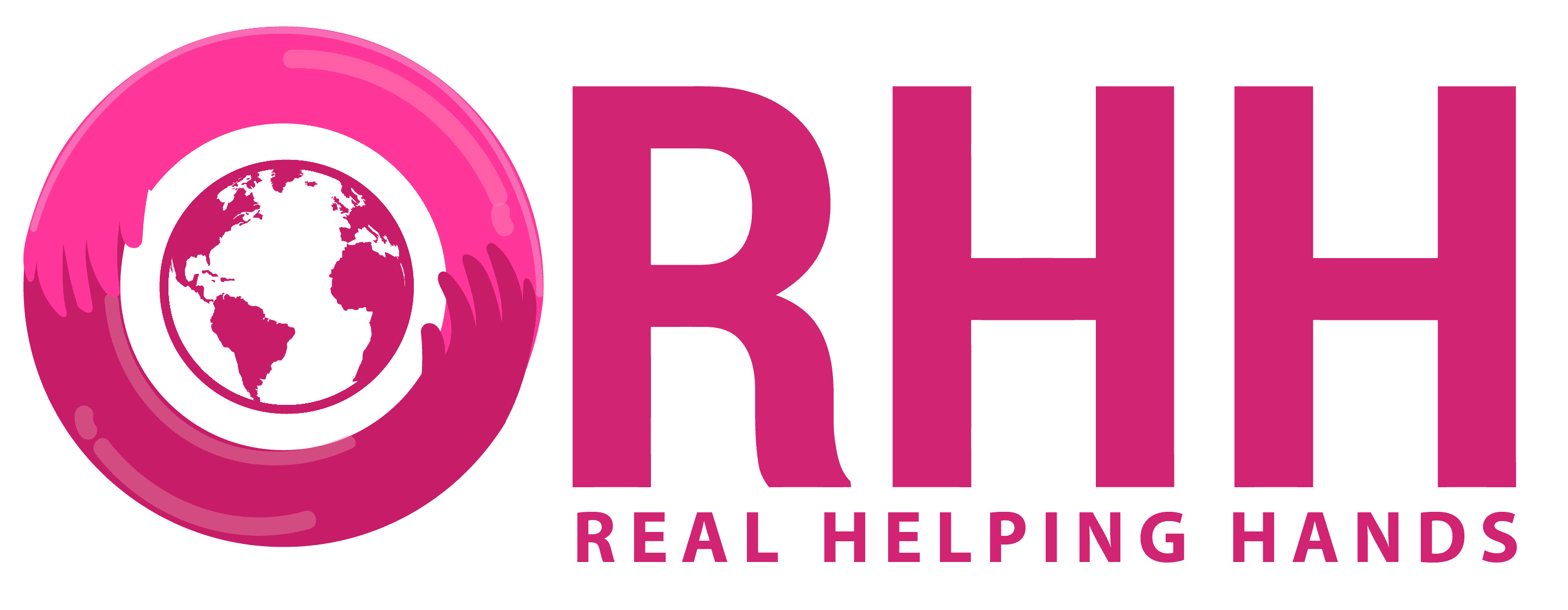Manufacturing Accounting: A Guide for Manufacturers
Accounting software can help manufacturing businesses manage their finances more effectively, making it easier to track sales, expenses, inventory and much more. This allows businesses to gain greater insight into their financial operations and to make more informed business decisions. Accounting software can also help reduce human errors, improve productivity and eliminate manual data entry.
- The above methods will also help businesses choose what suits their operations the best, ensuring production performance is optimal and profits are commensurate with expectations.
- Outsourcing accounting functions offers a host of benefits for manufacturing businesses.
- Outsourced accountants can offer valuable guidance in optimizing tax deductions and credits.
- The benefits of outsourced accounting for manufacturing businesses are clear and significant.
- Of the total raw materials placed in production for the year, $12,000 was for indirect materials and must be deducted to find direct materials placed in production.
Rather than a one-and-done approach, monitor and regularly review the effectiveness of your current processes. Also known as factory overhead, manufacturing overhead refers to the cost of maintaining and operating your production facilities. Overhead costs include expenses like factory rent, utilities, and administrative costs. It helps facilitate analysis and efficiency refinement for businesses that revolve less around each unit and more around repetitive procedures.
FOCUS ON INVENTORY CONTROL
Manufacturing businesses have to account for their raw materials and processing costs, but they also have to work out the value of the finished items they create. Yes, QuickBooks can be a suitable software for a manufacturing business to use. It offers features like project management, inventory tracking, and cost analysis, which can be highly beneficial for manufacturing businesses. Additionally, the software is easy to use and is widely used by small and large businesses alike.
Direct labor costs typically include wages paid for regular hours, overtime and payroll tax information. With the rising cost of raw materials, these outgoings need to be minimised as much as possible while retaining a high-quality product to keep loyal customers and attract new ones. Carefully gathered financial information can help companies to identify bottlenecks in their manufacturing and increase efficiency. By calculating marginal profitability, accountants can help business leaders identify the most lucrative products and channels to maximise revenue. The solution to this dilemma is to look at the process of upgrading your manufacturing accounting processes as a cycle of continuous improvement.
A Simple Guide to the Manufacturing Accounting Process
Unlike job costing, activity costing relies on identifying all the activities in a manufacturing business and proportionately assigns the cost of activities to products based on their activity consumption. Activity-based costing or ABC costing can provide a unique picture when utilized to reveal products that generate profits vis a vis those that don’t. The business can then identify activities or production strategies that might require a revamp to ensure the profit margins are extended. It involves https://www.bookstime.com/ tracking the costs for every item you produce, including direct materials, direct labor, and manufacturing overhead. The best accounting software for manufacturing businesses will also integrate with other software you use, such as your ERP software, CRM systems, or other modules that speak to inventory management and production. You should also be able to give access easily to any third-party professionals that may need access to your financial information, such as your tax accountant or bookkeeper.
Often, manufacturers invest in an all-in-one solution, which handles other tasks away from finances, such as planning and production. Ideally, data should move freely between production lines and the back office, meaning you have accurate real-time data. C This is actual manufacturing overhead for the period and includes indirect materials, indirect labor, factory rent, factory utilities, and other factory-related manufacturing accounting expenses for the month. In Chapter 2, we look at an alternative approach to recording manufacturing overhead called normal costing. It includes features such as invoicing, expense tracking, and financial reporting. Accounting software is an important way for small businesses — including manufacturers — to save time on accounting tasks, increase accuracy of financial data, and make tax time easier.
Bill of Materials (BOM) Management
This costing method is similar to job costing, however, it calculates item costs by adding together the direct costs and overheads per processing step of a product’s lifecycle, rather than per individual item or job. This makes it a favorable costing method for process manufacturers and other companies that otherwise produce large numbers of identical units. The job order costing method calculates costs per manufacturing project or unit, making it useful for make-to-order manufacturers, construction manufacturers, and the like. A real-time inventory tracking system can minimize the manual accounting tasks common in properly valuing inventory. Implementing real-time inventory tracking can also improve planning, pricing, shipping, and the overall customer experience. Deploying a modern manufacturing planning engine can also ensure sufficient inventory is available to meet the demands of the business but that excess inventory is not causing undue strain on the business.
Unlike spreadsheets, accounting software can help you minimize errors from data entry or incorrect formulas. ABC is a very accurate costing methodology that helps to factor indirect costs into unit pricing. It can be more difficult to implement than standard or job costing, however, as a more detailed overview is required over the manufacturing process.


